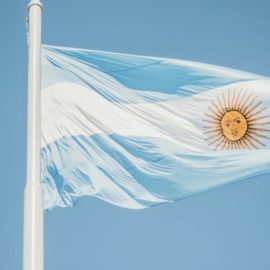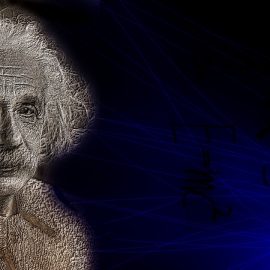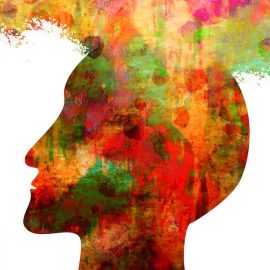

This article is an excerpt from the Shortform summary of "White Fragility" by Robin J. DiAngelo. Shortform has the world's best summaries of books you should be reading.
Like this article? Sign up for a free trial here .
What are the origins of racism? Do we understand where race-based discrimination started?
The origins of racism require understanding when the idea of race came to be. The way modern society thinks of race is a concept that started in the 16th century and it was used to rationalize killing indigenous people and kidnapping black Africans.
Read on to better understand the origins of racism and race.
Tracing the Origins of Racism
Modern notions of race really started during the age of European colonization of the Americas, which began in the 16th century. Europeans (mainly through a combination of deliberate extermination and disease) killed millions of indigenous peoples in North and South America, dismantled their existing political and economic systems, and founded colonies whose main purpose was to extract raw materials for export on the world market.
After the indigenous populations died out, Europeans began to kidnap black Africans and transport them across the Atlantic Ocean to perform slave labor in the New World. Ideas of race arose from these historical traditions. Notions of racial superiority (for white people) and inferiority (for non-white peoples, chiefly those of African descent) emerged to justify the brutal system of exploitation. If black people were morally and intellectually inferior, then it was not immoral to enslave and kill them. The justification is where you can trace the origins of racism.
Defining Whiteness
Continuing from the origins of racism as a justification, the US continued that racial hierarchy. After the founding of the United States, these ideas became further encoded into the nation’s legal system, with an entire set of laws emerging to protect the institution of slavery. Even after the abolition of slavery, whiteness became an essential qualification for full participation in American life.
When new immigrants came to America in the 19th and 20th centuries, the judicial system rendered judgments on which groups could and couldn’t be classified as white. By conferring specific advantages and benefits upon whiteness, American society transformed race into more than an identity—it became an interest, one that white people would jealously guard and protect.
Following the Origins of Racism to the Delusion of Colorblindness
From the initial origins of racism, there is a direct line to the race-based discrimination pervasive in modern society. The successes of the civil rights movement during the 1950s and 1960s were a watershed moment. Television images of black protestors, including women and children, being brutalized by southern sheriffs or beaten during sit-ins at segregated lunch counters offended and horrified many white Americans, particularly in the northern United States.
For them, these scenes of outright barbarism perpetrated against African-Americans became the epitome of “racism.” Moreover, landmark legislation like the Civil Rights Act of 1964 and the Voting Rights Act of 1965 represented the first serious federal efforts to dismantle the system of legal segregation and disenfranchisement that defined American life since the end of the Civil War.
In the wake of these developments, overt expressions of racism on the part of white people became a social taboo. Whites did not wish to be associated with the violent scenes of anti-black racism they saw on the evening news; moreover, civil rights legislation made explicitly racist actions in political and economic life illegal. The vast majority of white Americans came to accept that blatant support for white supremacy (which had been open and commonplace among whites) was no longer socially acceptable.
But that did not mean that they engaged in the difficult work of examining how institutional racism still pervaded American life. Whites wanted to be seen as good people (because they now associated racism with acts of immorality and illegality) but did not wish to question their privileged status.
They thus seized on the idea of colorblindness, often by misappropriating Dr. Martin Luther King’s quote, “I have a dream that my four little children will one day live in a nation where they will not be judged by the color of their skin, but by the content of their character.”

———End of Preview———
Like what you just read? Read the rest of the world's best summary of Robin J. DiAngelo's "White Fragility" at Shortform .
Here's what you'll find in our full White Fragility summary :
- Why white people become defensive when confronted with the idea of racism
- How today's racial hiearchy began in roots centuries ago
- How we as society can gradually overcome our deep racial divides






